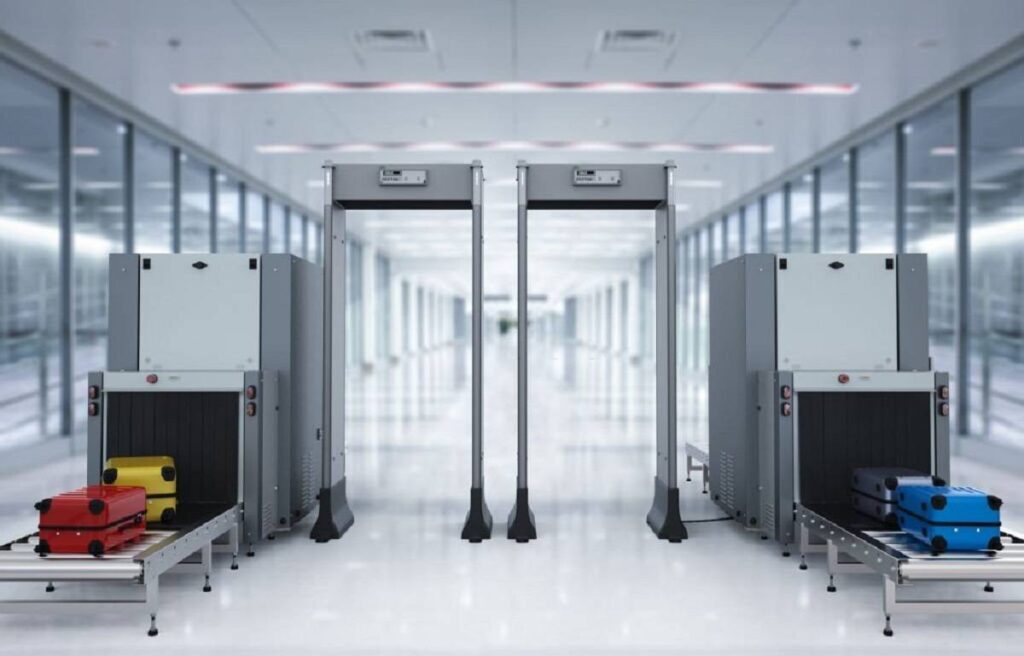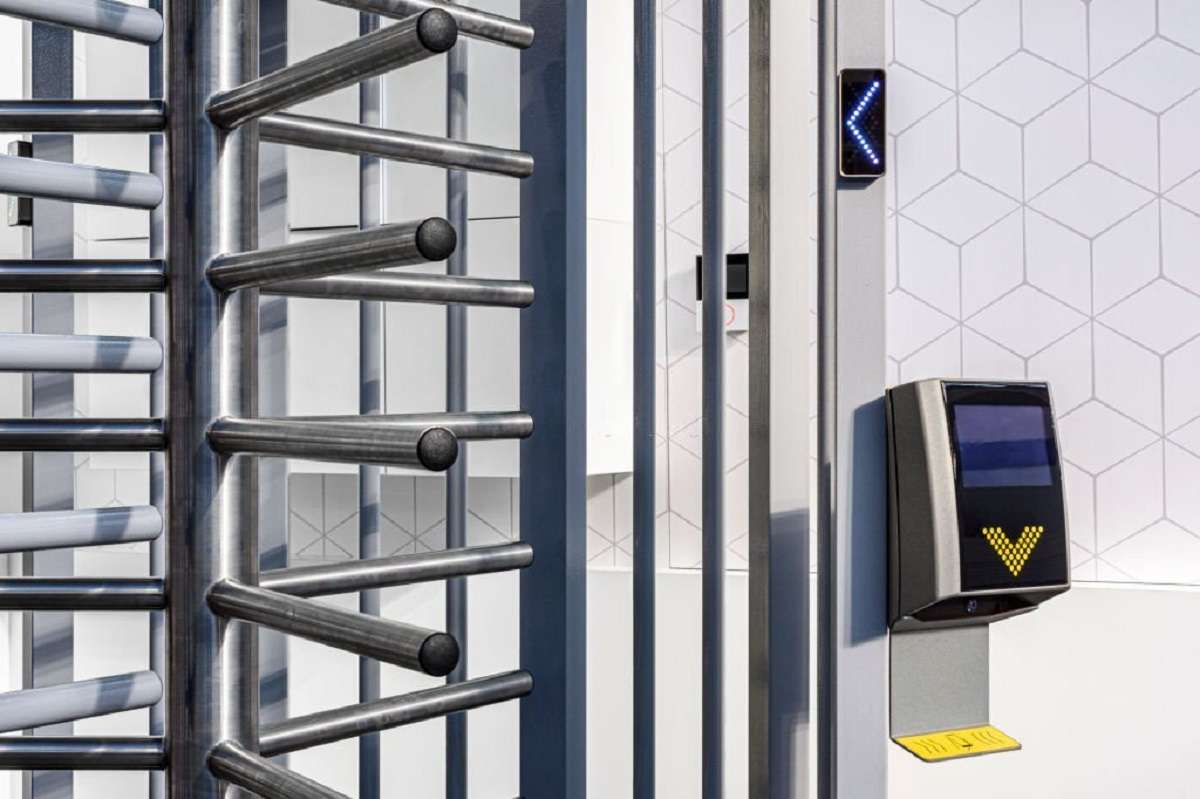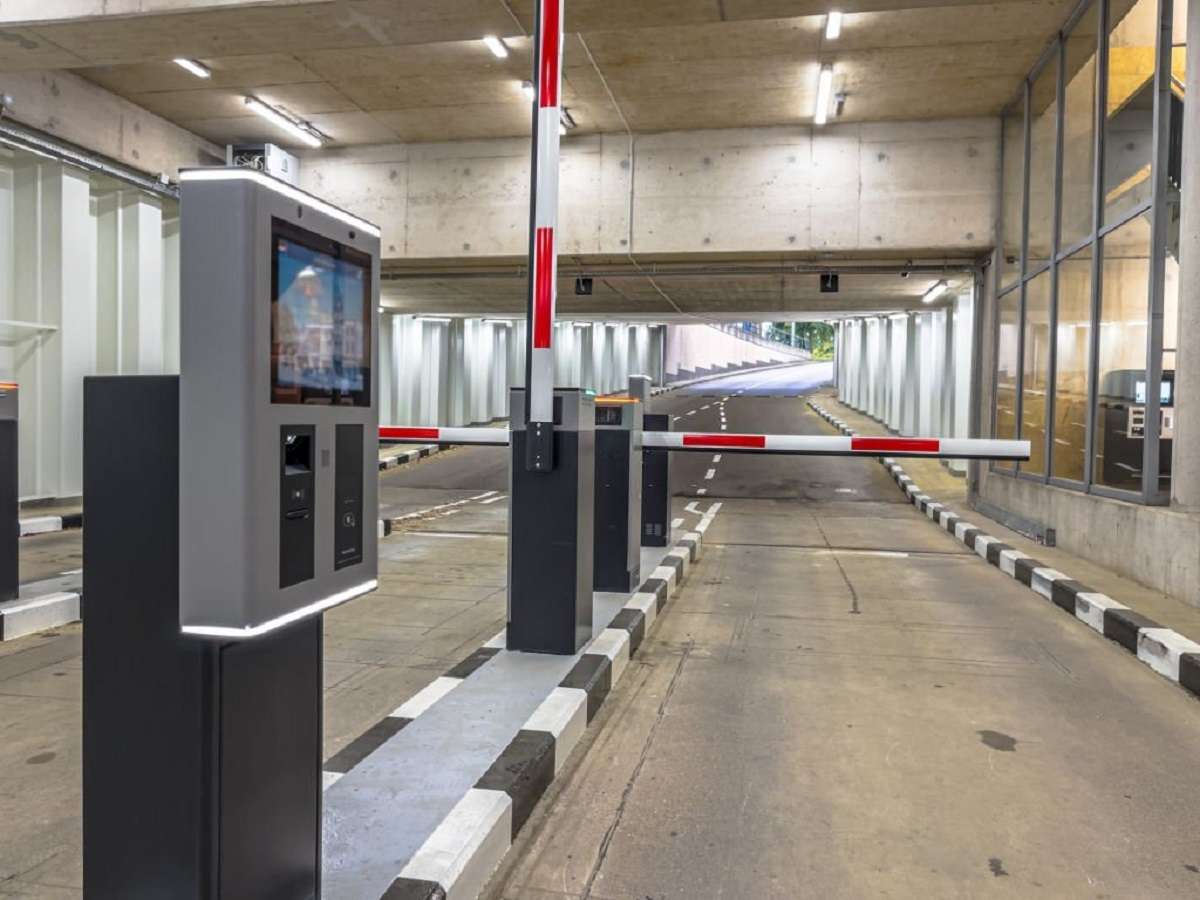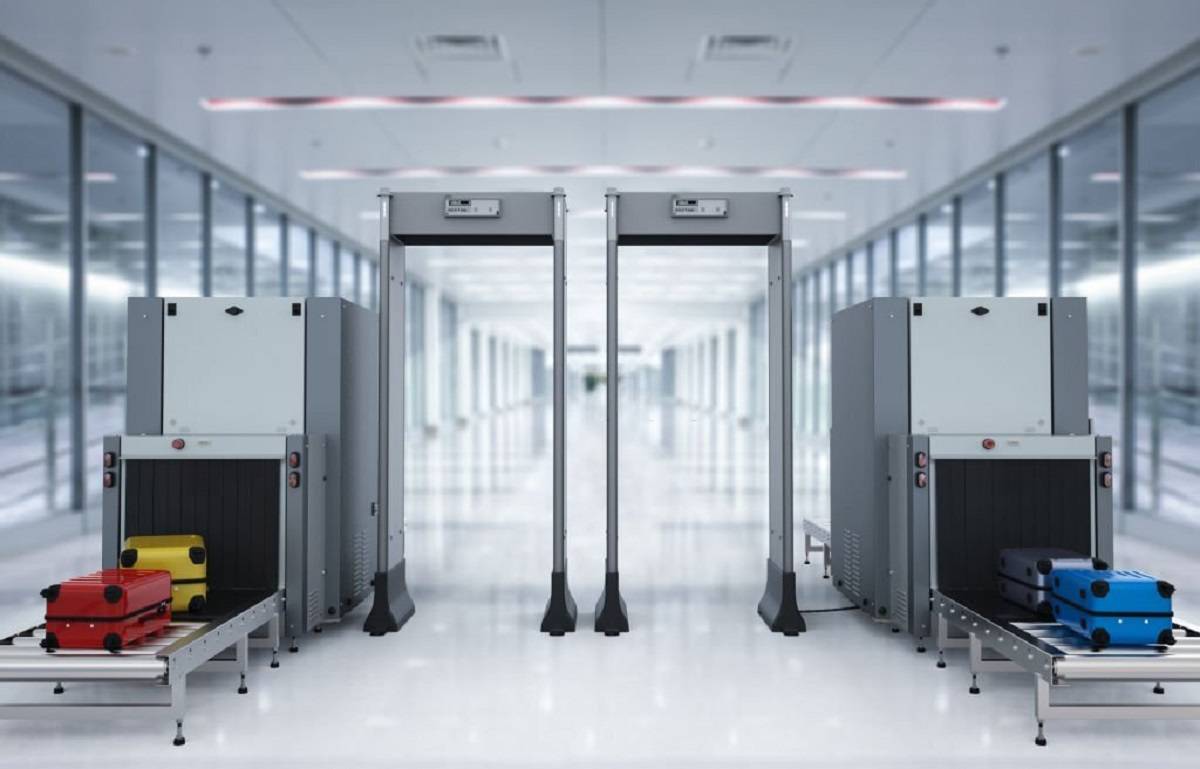In today’s world, security is a top priority for individuals and businesses alike. Whether it’s protecting our homes, offices, or public spaces, having a reliable security system in place is crucial. One integral component of a comprehensive security setup is a security gate. In this article, we will explore the importance of security gates, their types, installation considerations, maintenance tips, and more. Join us as we delve into the world of security gates and discover how they play a vital role in safeguarding our environments.

Table of Contents
- 1. What is a Door Security Bar?
- 2. Different Types of Security Gates
- 3. Factors to Consider Before Installing a Security Gate
- 4. The Installation Process security gate
- 5. Maintaining Security Gates for Optimal Performance
- 6. Enhancing Security Gate with Additional Features
- 7. Benefits of Security Gates
- 8. Advantages of Using a Door Security Bar
- 9. Door Security Bar Maintenance Tips
How Does a Door Security Bar Work?
A security Gate bar works by reinforcing the strength and stability of a door. It is positioned horizontally against the door, creating a strong barrier that prevents the door from being opened from the outside. The bar exerts pressure against the doorframe, making it extremely difficult for intruders to force their way in.
- How can I ensure the security of my security gate?
Regular maintenance: Keep the gate and its components well-maintained to ensure proper functioning and prevent any susceptability.
Strong access control: Implement robust access control systems, including secure authentication methods and regularly update access credentials. - Do security gates require maintenance?
Yes, like any other mechanical or electronic system, security gates require regular maintenance to ensure their optimal performance. Maintenance tasks may include lubrication, inspection of moving parts, testing of safety features, and software updates if the gate is automated.

1. What is a Door Security Bar?
A door security bar is a robust metal device designed to provide an additional layer of security for doors. It is typically made of high-quality steel or aluminum and is adjustable to fit different door widths. The primary purpose of a door security bar is to prevent unauthorized access and protect against forced entry attempts.
2. Different Types of Security Gates
2.1. Swing Security Gates
Swing gates are a popular choice for residential properties due to their versatility and aesthetic appeal. They operate by swinging open or closed on hinges, offering a traditional and elegant entrance solution. Swing gates can be single or double-leaf, depending on the width of the entrance, and can be automated for added convenience.
2.2. Sliding Security Gates
Sliding gates are commonly used in commercial and industrial settings where space is limited. They operate horizontally along a track, allowing them to slide open or closed. Sliding gates are sturdy, provide a high level of security, and are suitable for wide entrances. They can also be automated, making access control more efficient.
2.3. Vertical Lift Security Gates
Vertical lift gates are an ideal choice for locations with limited lateral space. They consist of panels that lift vertically to open, providing a compact solution for areas where a swing or sliding gate is not feasible. Vertical lift gates are often used in parking garages, storage facilities, and other commercial settings.
2.4. Barrier Arm Security Gates
Barrier arm gates, also known as boom gates, are commonly found in parking lots, toll booths, and gated communities. They consist of a horizontal bar that rises and lowers to control vehicular access. Barrier arm gates are an effective way to manage traffic flow and ensure that only authorized vehicles can enter a designated area.
3. Factors to Consider Before Installing a Security Gate
Before installing a security gate, several factors should be taken into consideration to ensure the gate meets your specific needs and requirements.
3.1. Purpose and Location
Define the purpose of the gate and the location where it will be installed. Is it for residential, commercial, or industrial use? Consider the size and shape of the entrance, as well as the surrounding environment.
3.2. Material and Design
Select a gate material and design that aligns with your security needs, budget, and aesthetic preferences. Common materials include steel, wrought iron, aluminum, and wood. The design should complement the overall architecture and style of your property.
3.3. Access Control Systems
Decide on the type of access control system you want to integrate with the security gate. Options range from simple keypads and remote controls to advanced biometric scanners and proximity card readers.
3.4. Budget and Maintenance Costs
Establish a budget for the installation and ongoing maintenance of the security gate. Consider not only the initial investment but also any potential costs for repairs, upgrades, and regular servicing.
4. The Installation Process security gate
Proper installation is vital to ensure the security gate functions optimally and provides the desired level of protection. The following steps are typically involved in the installation process:
4.1. Site Assessment and Preparation
Evaluate the site where the security gate will be installed. Clear any obstructions and ensure the area is ready for construction. Take measurements and gather relevant information for gate customization.
4.2. Gate Selection and Customization
Choose the appropriate gate type, material, and design based on your requirements. Work with a professional installer to customize the gate to fit the dimensions of the entrance and integrate it with the access control system.
4.3. Foundation and Structural Considerations
Prepare the foundation for the gate and ensure it is strong enough to support the weight and operation of the gate. Structural considerations may vary depending on the gate type and location.
4.4. Integration with Access Control Systems
Coordinate with the access control system provider to integrate the gate with the chosen access control technology. This may involve wiring, programming, and testing to ensure seamless operation.

5. Maintaining Security Gates for Optimal Performance
Regular maintenance is essential to keep security gates in top condition and ensure their long-term functionality. Here are some maintenance tips to consider:
5.1. Regular Inspection and Cleaning
Inspect the gate regularly for signs of wear, damage, or malfunctions. Clean the gate, removing any dirt, debris, or corrosion that could affect its performance.
5.2. Lubrication and Rust Prevention
Apply lubrication to moving parts, such as hinges and rollers, to minimize friction and ensure smooth operation. Use rust prevention techniques to protect metal components from corrosion.
5.3. Repair and Replacement of Components
Address any issues promptly by repairing or replacing damaged components. This includes broken hinges, malfunctioning motors, faulty sensors, or worn-out parts.
5.4. Upgrading Security Features
Stay up to date with the latest security advancements and consider upgrading your gate’s features accordingly. This may include adding new access control technology or enhancing surveillance capabilities.
6. Enhancing Security Gate with Additional Features
While security gates provide a fundamental level of protection, you can further enhance security by incorporating additional features into your overall system. Here are a few options to consider:
6.1. Security Cameras and Surveillance Systems
Install security cameras strategically around your property to monitor and record activities. Surveillance systems act as a deterrent and provide valuable evidence in the event of an incident.
6.2. Intercom and Communication Systems
Integrate intercom systems to facilitate communication between visitors and occupants. This allows for verification and controlled access without compromising security.
6.3. Alarm Systems and Intruder Detection
Implement alarm systems that can detect unauthorized entry attempts and trigger immediate alerts. Alarms serve as an effective means to deter intruders and notify security personnel or authorities.
7. Benefits of Security Gates
Investing in a security gate brings numerous benefits and contributes to overall safety and peace of mind. Here are some advantages to consider:
7.1. Deterrence of Unauthorized Access
A visible security gate acts as a deterrent to potential intruders, discouraging unauthorized individuals from attempting to breach your property.
7.2. Protection Against Burglary and Vandalism
Security gates provide a physical barrier that helps protect your property from break-ins, theft, and acts of vandalism.
7.3. Safety for Children and Pets
Security gates create a secure boundary, preventing children and pets from wandering off and ensuring their safety within the premises.
7.4. Enhanced Privacy and Peace of Mind
With a security gate in place, you can enjoy increased privacy and a sense of tranquility, knowing that your property is shielded from prying eyes and potential threats.
8. Advantages of Using a Door Security Bar
Using a door security bar offers several advantages, including:
- Increased Security: A door security bar acts as a physical deterrent, making it difficult for intruders to break in.
- Quick Installation: Door security bars are easy to install and require no special tools or professional assistance.
- Portability: Most door security bars are lightweight and portable, allowing you to use them on different doors or even when traveling.
- No Damage to Door or Frame: Door security bars are designed to exert pressure without causing damage to the door or doorframe.
- Cost-Effective: Door security bars offer an affordable security solution compared to more complex systems.
9. Door Security Bar Maintenance Tips
To ensure the longevity and effectiveness of your door security bar, follow these maintenance tips:
- Regular Inspection: Check the bar for any signs of wear or damage. Replace it if necessary.
- Cleaning: Wipe the bar with a clean cloth regularly to remove dirt and debris.
- Lubrication: Apply lubricant to the moving parts of the bar to maintain smooth operation.
- Storage: Store the bar in a dry place when not in use to prevent rust or corrosion.


